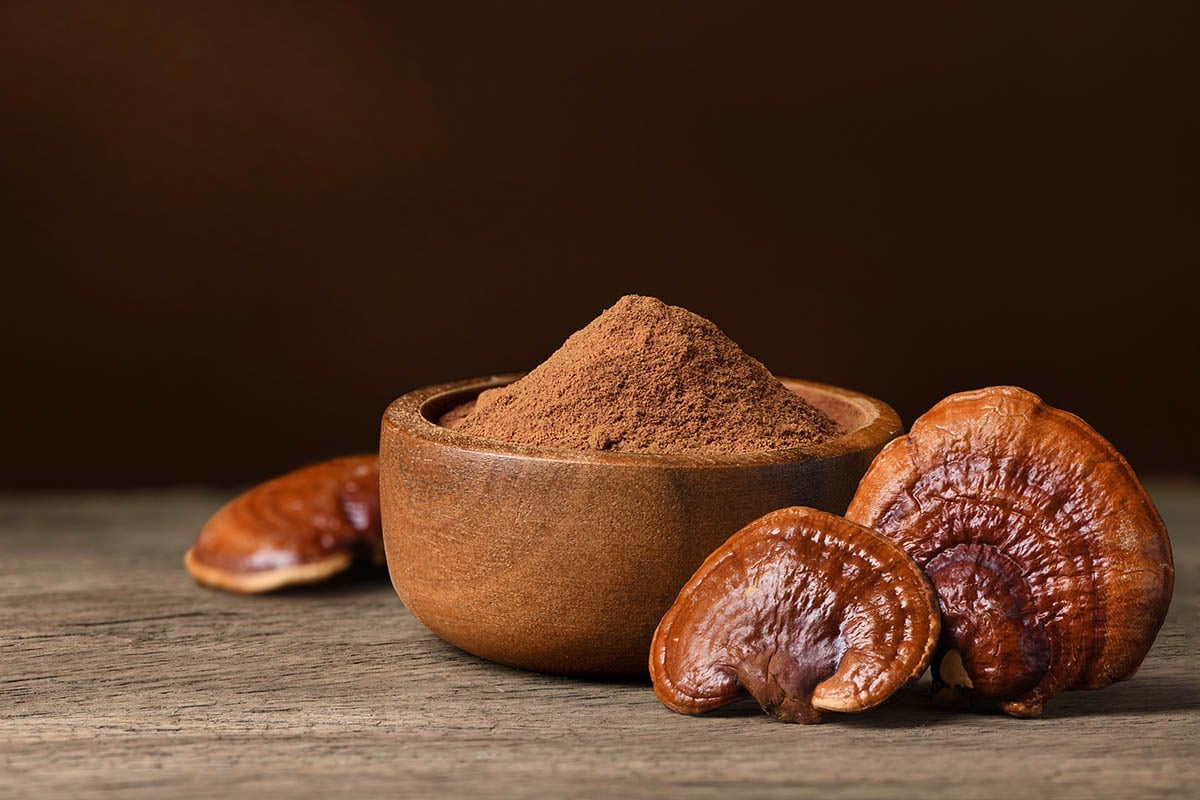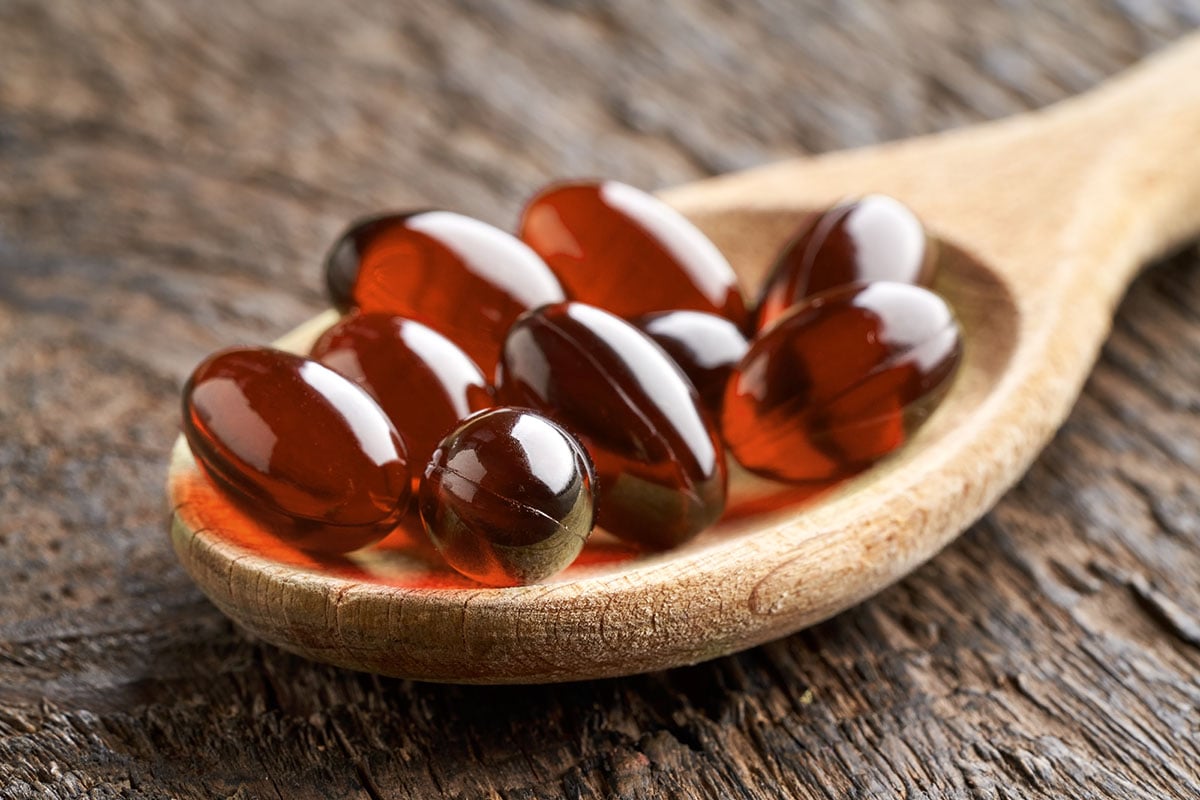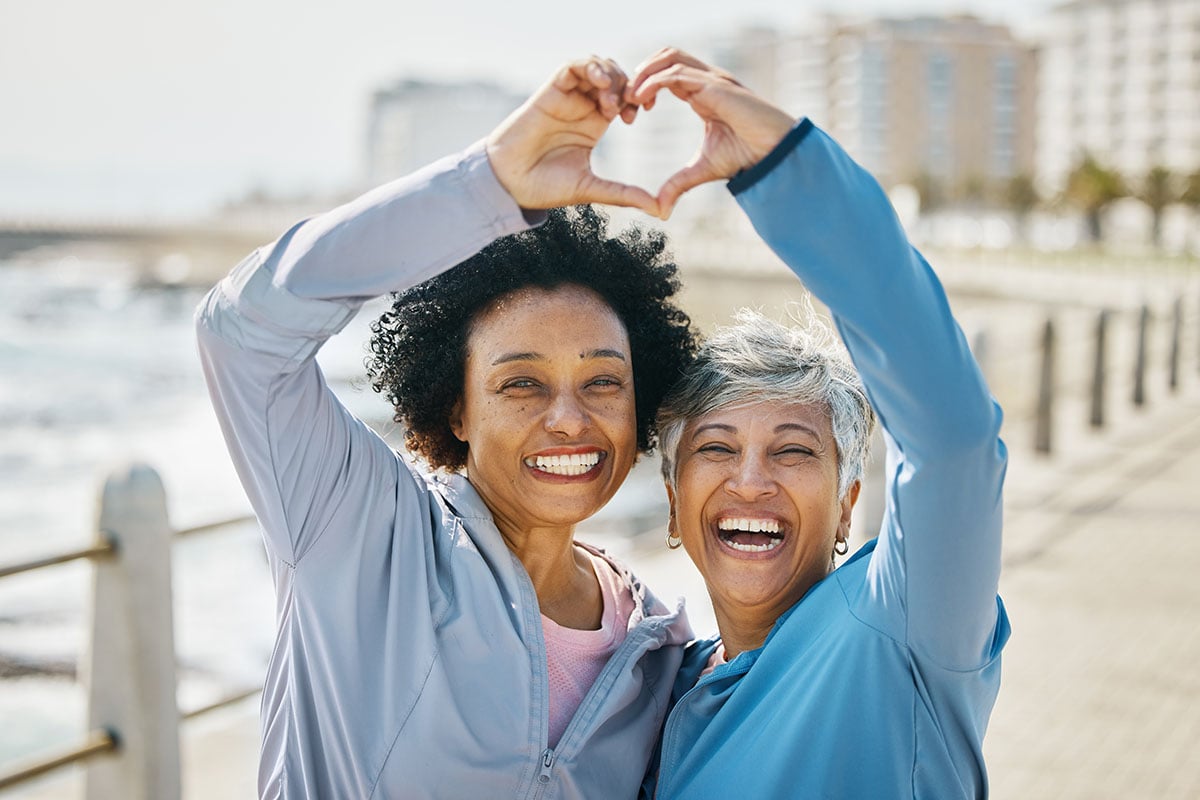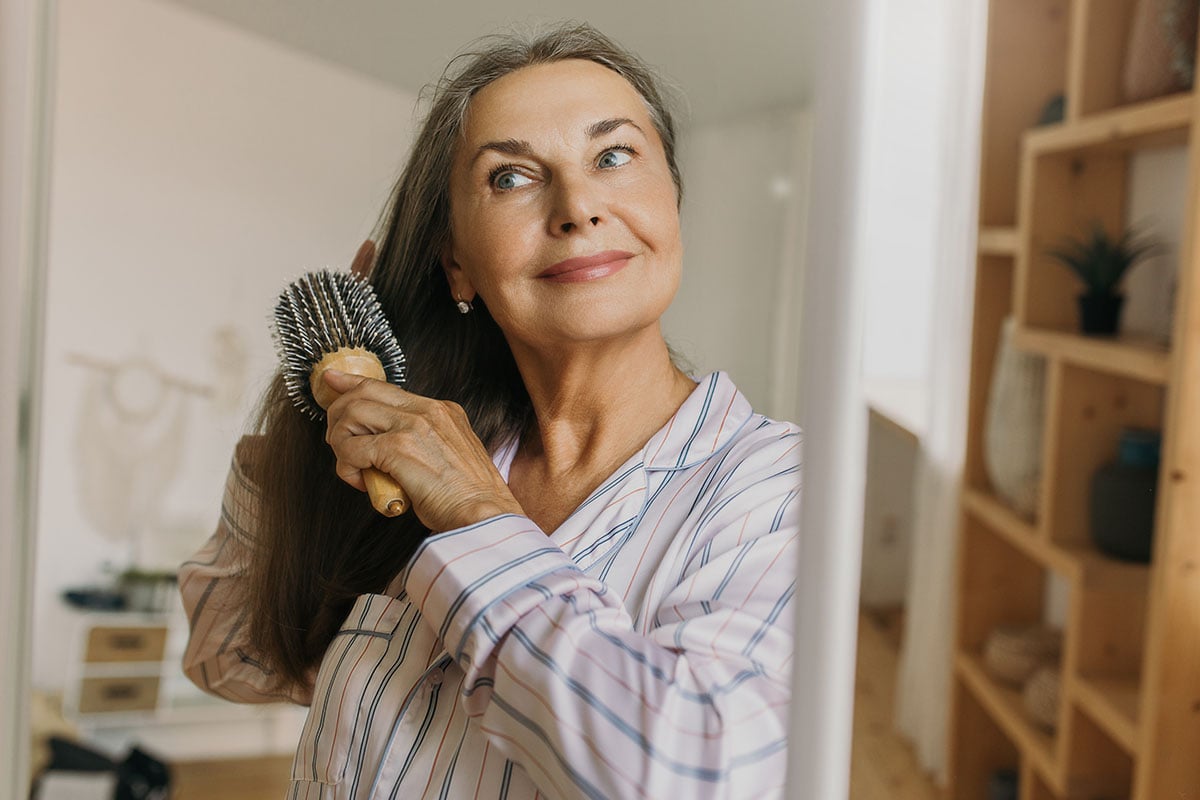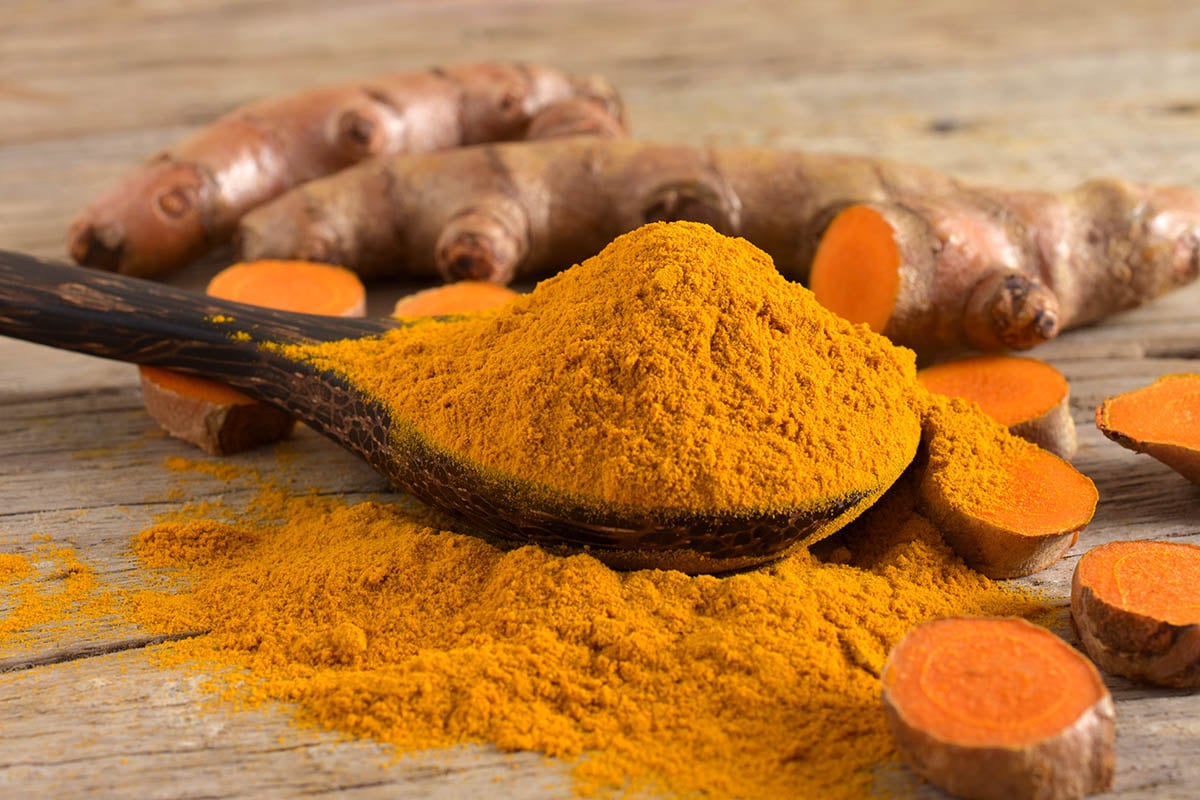
Headaches are a real… headache. If headaches are something you experience, you should know that you aren’t alone.
Headaches are surprisingly common. It’s estimated that 95% of the world’s population will experience a headache in their lifetime.
Furthermore, research recently published in The Journal of Headache and Pain concluded that 52% of the world’s population has Active Headache Disorder, meaning a recurrent headache that damages the quality of life and imposes a financial burden.
Migraines and tensions type headaches are the most prevalent, with nearly 16% of people having one on any given day. (1)
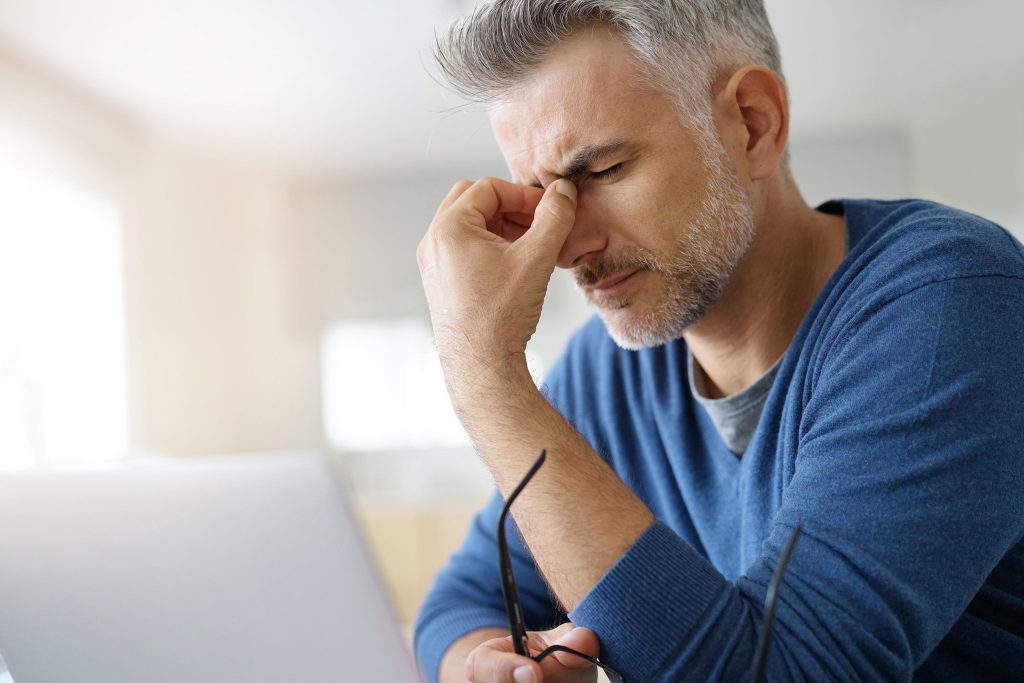
Do Screens Cause Headaches?
Could the headache epidemic be the result of our increasing use of computers and smartphones? There seems to be little evidence that looking at the screen itself causes headaches.

However, there is something about a bright screen in a dark room that could trigger a headache in some people. But a screen in a well-lit room should not.
If you suspect that sitting in front of your computer is causing your headaches, consider other factors that may be contributing…
- How are you positioning your head and your shoulders?
- Are you drinking more coffee?
- Are you drinking enough water throughout the day?
- And are you exercising less and eating more?
These different environmental factors may be more of a trigger than the screen itself.
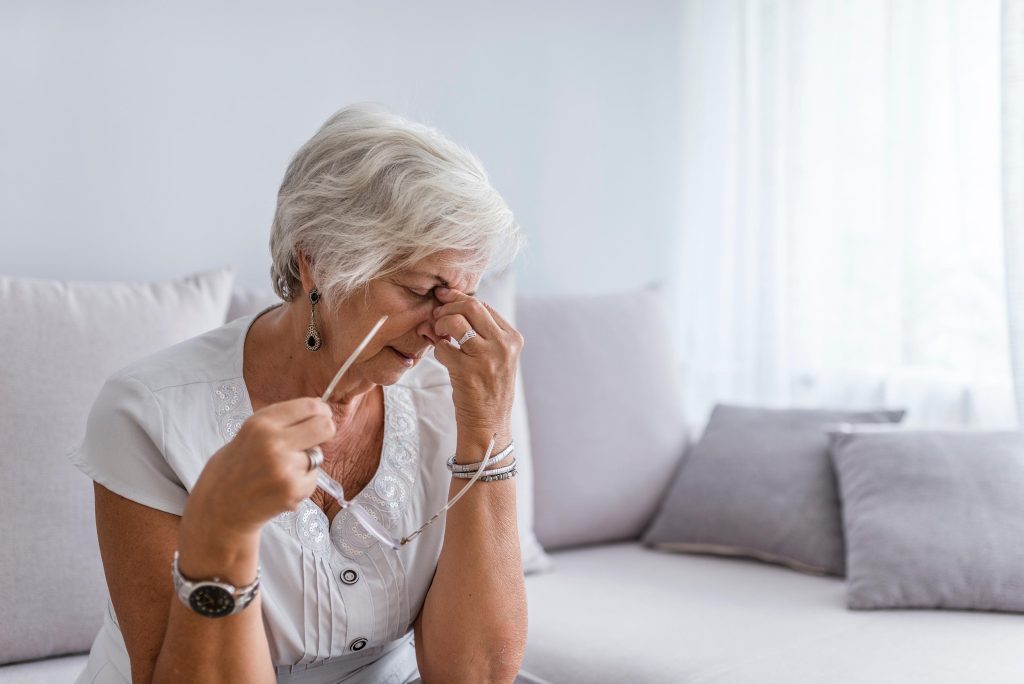
Women and Migraines
Headaches are genuinely an epidemic, an epidemic that disproportionately affects women. This Journal of Headache and Pain study found roughly twice as many women experience headaches as men, with women three times more likely to experience migraines.
A migraine is a headache that involves throbbing or pulsing pain accompanied by sensitivity to light, light aura, and nausea.
For women, migraine triggers usually center around hormones and the monthly cycle. Estrogen is the female hormone that regulates the reproductive system. Estrogen also affects dopamine and norepinephrine, two brain chemicals that influence mood and pain sensations. The drop in estrogen that occurs around a period is the likely cause of many women’s migraines. (2)
Often women who suffer migraines report that symptoms improve or disappear during pregnancy because estrogen levels rise and remain high.
Estrogen levels fluctuate wildly during perimenopause, resulting in more frequent or severe migraines. Even if you rarely or never experience migraines, you’ll likely get a few during this time of life. Once menopause has passed, many women report that migraines also stop.
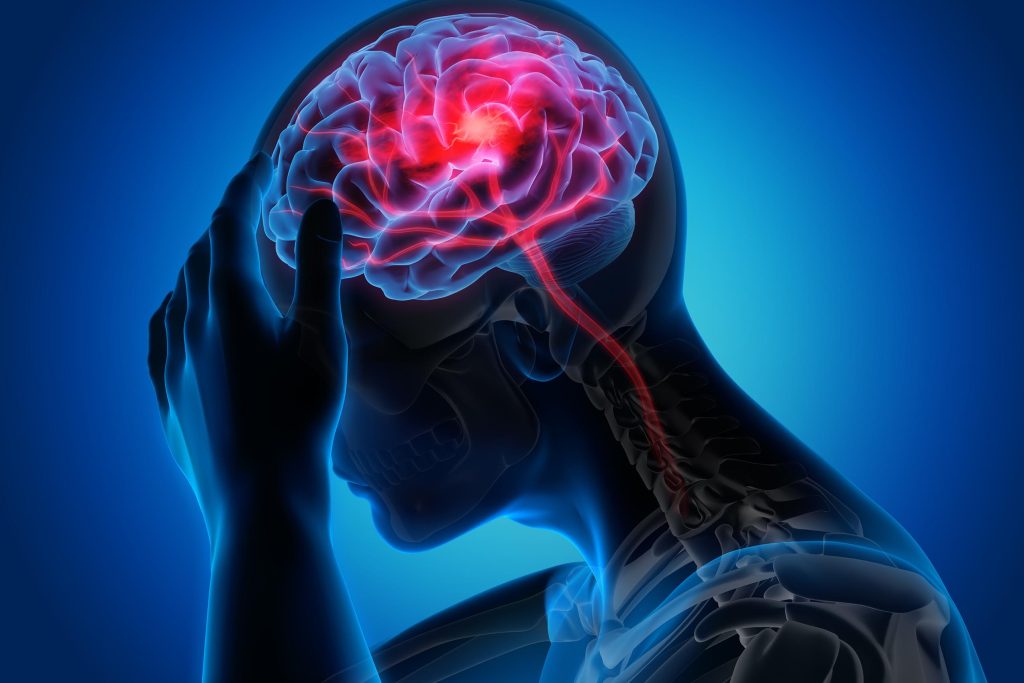
“Thunderclap Headache”
A “thunderclap” headache is the abrupt onset of an extremely severe and painful headache, unlike any before. If you’re experiencing this type of headache, seek immediate medical attention. These headaches could signal a serious medical emergency such as a stroke. (3)
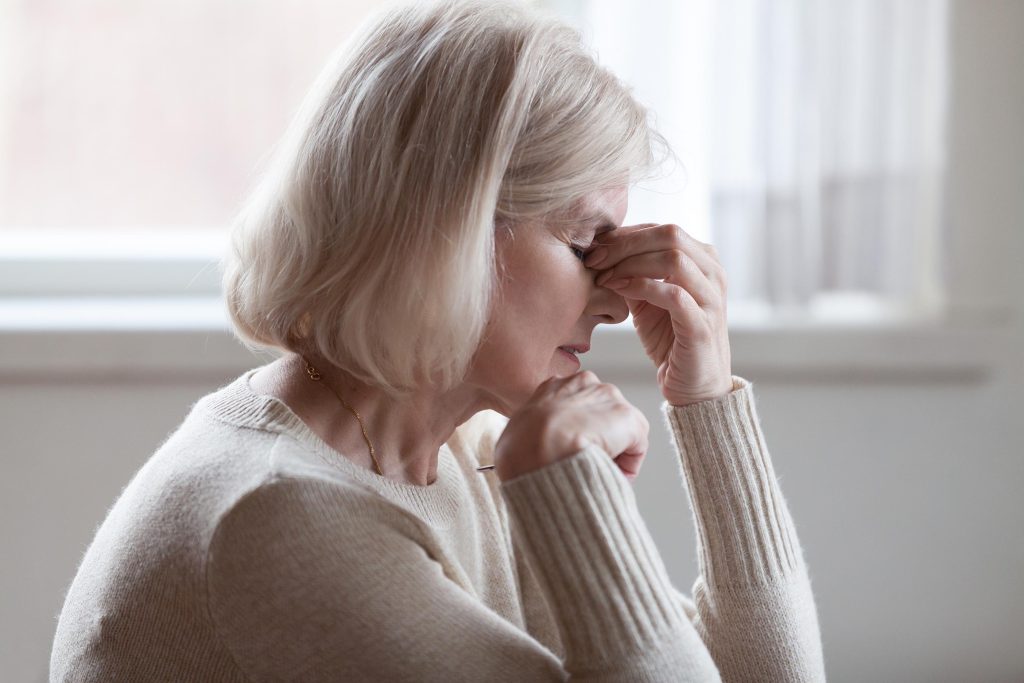
How to Cope
Determining the type of headache you experience and finding its triggers are essential in your treatment and pain relief.
If your headaches affect your work or your ability to live your life fully, treatment options are available. And if you feel like your doctor doesn’t fully appreciate the severity of your experience with headaches, get a second opinion or see a specialist.
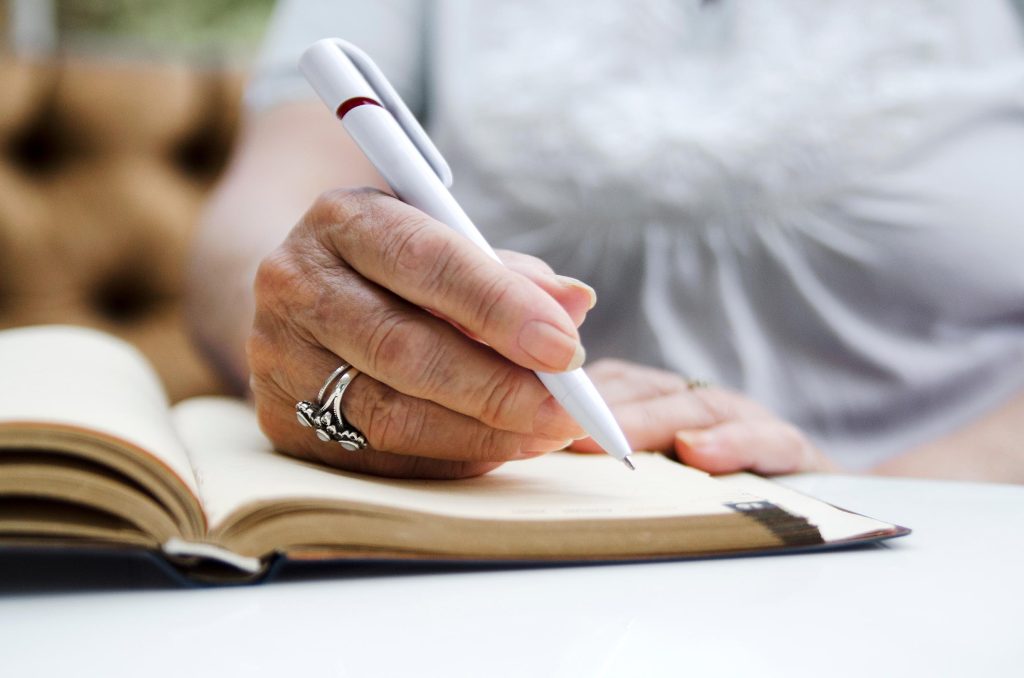
What can you do about headaches?
So what should you do if you regularly suffer from headaches to alleviate the pain naturally?
- Keep a diary of your headaches to help identify your triggers.
- Common triggers include dehydration, lack of sleep, hormonal changes, allergies, hunger, neck and shoulder tension, odors, alcohol, caffeine, and stress.
- In the middle of a headache, do your best to stay comfortable. It often helps to keep bright lights and loud music to a minimum while dealing with a headache.
- Lifestyle modifications, regular physical activity, and a more wholesome diet may help reduce headaches.
- Make sure to drink plenty of water to avoid dehydration.
- Many people find that hot or cold packs help reduce headaches.
- Use a cold pack on your forehead for migraine and a heating pad or warm towel for tension or sinus headaches.
- If you have migraines, talk to your doctor about medications that may help before things get severe. Your doctor might prescribe abortive medications, which you can use at the first sign of a migraine to stop it before the pain overwhelms you.
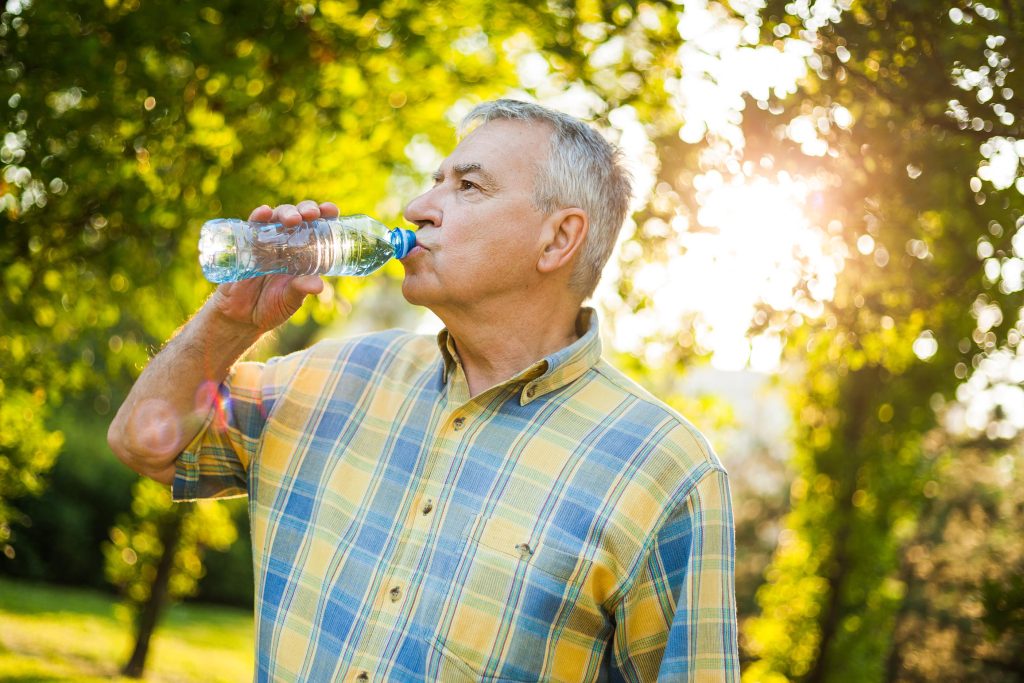
Natural Relief Options
Although many over-the-counter medications target headache symptoms, several natural remedies also exist.
B Vitamins are micronutrients that play essential roles in your body and brain. They help turn food into energy and contribute to neurotransmitter synthesis, meaning brain cell to cell communication.
Studies show that some b-vitamins, specifically riboflavin (B2), folate, and pyridoxine (B6), may have beneficial effects against headaches. (4-5)
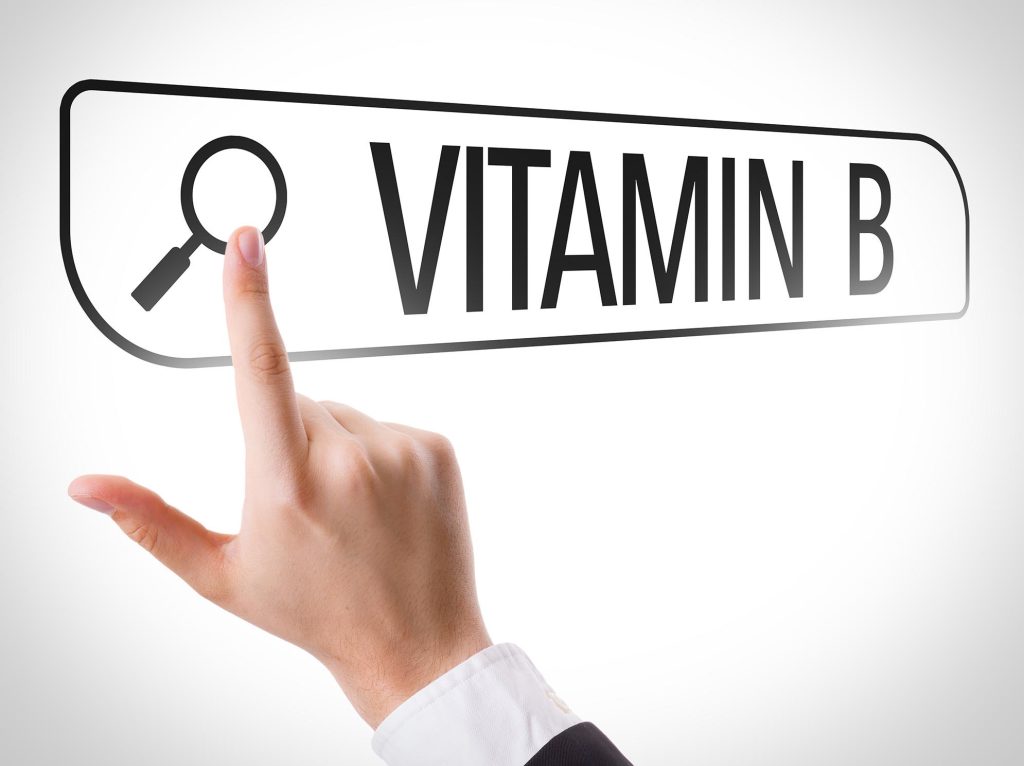
Magnesium is another essential nutrient that helps countless bodily functions, including nerve transmission, that may be a safe, effective remedy for headaches. (6)
Taking a quality brain health supplement formulated with high levels of B-vitamins and Magnesium like Stonehenge Health’s Dynamic Brain™ may be a way to address and stave off your headache symptoms naturally.
A daily dose of Dynamic Brain™ fully supports your brain health. More importantly, Dynamic Brain promotes optimal cognitive function. Taking it daily helps keep your memories intact, enables clearer thinking, and boosts your mental energy.
Sources:
1. The global prevalence of headache: an update, with analysis of the influences of methodological factors on prevalence estimates | The Journal of Headache and Pain | thejournalofheadacheandpain.biomedcentral.com/articles/10.1186/s10194-022-01402-2
2. Women Experience Headaches Twice as Much as Men. Here’s Why | today.com/health/mind-body/women-more-headaches-men-rcna24028#anchor-Howtocopewithheadachedisorders
3. Thunderclap Headaches | American Migraine Foundation | americanmigrainefoundation.org/resource-library/thunderclap-headaches/
4. Boehnke C, Reuter U, Flach U, Schuh-Hofer S, Einhäupl KM, Arnold G. High-dose riboflavin treatment is efficacious in migraine prophylaxis: an open study in a tertiary care centre. Eur J Neurol. 2004 Jul;11(7):475-7. doi: 10.1111/j.1468-1331.2004.00813.x. PMID: 15257686. | pubmed.ncbi.nlm.nih.gov/15257686/
5. Liampas IN, Siokas V, Aloizou AM, Tsouris Z, Dastamani M, Aslanidou P, Brotis A, Dardiotis E. Pyridoxine, folate and cobalamin for migraine: A systematic review. Acta Neurol Scand. 2020 Aug;142(2):108-120. doi: 10.1111/ane.13251. Epub 2020 Apr 30. PMID: 32279306. | https://pubmed.ncbi.nlm.nih.gov/32279306/
6. Yablon LA, Mauskop A. Magnesium in headache. In: Vink R, Nechifor M, editors. Magnesium in the Central Nervous System [Internet]. Adelaide (AU): University of Adelaide Press; 2011. | ncbi.nlm.nih.gov/books/NBK507271/






